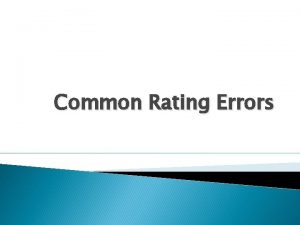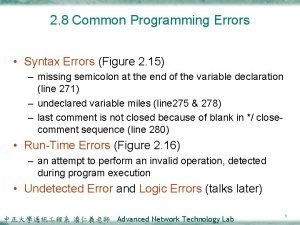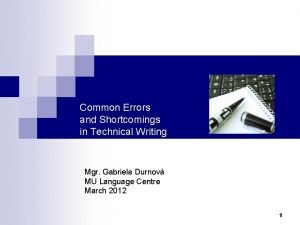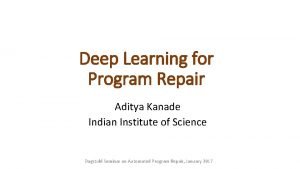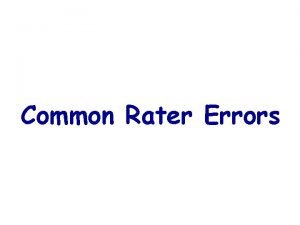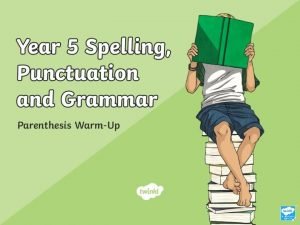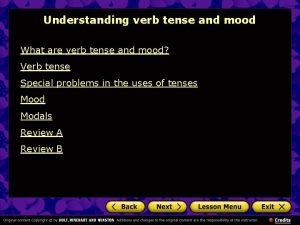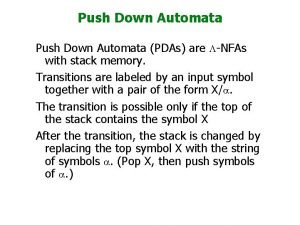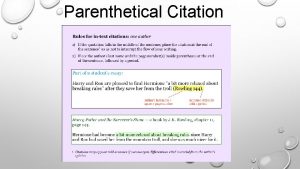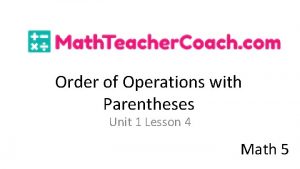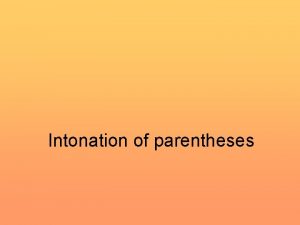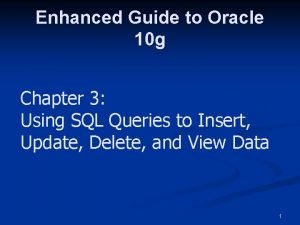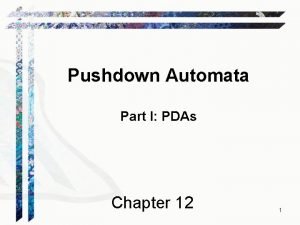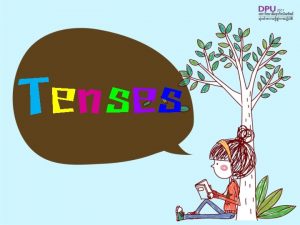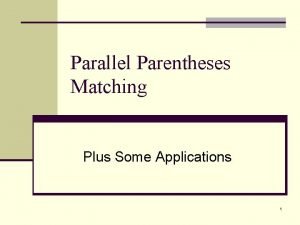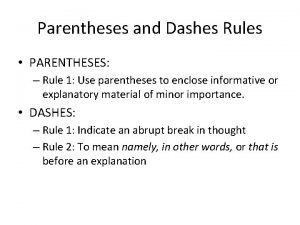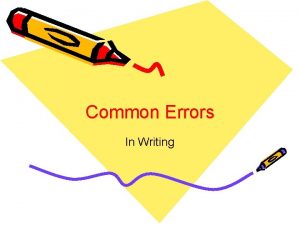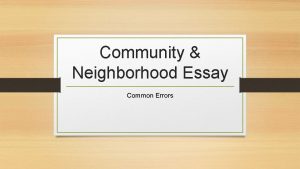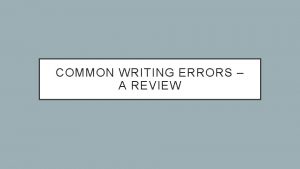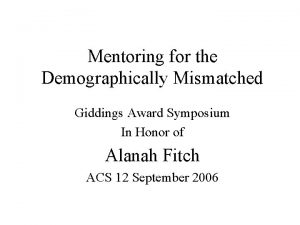Section 2 4 Errors Common errors Mismatched parentheses


















- Slides: 18

Section 2. 4: Errors

Common errors ● ● ● Mismatched parentheses Omitting space after operator or between numbers Putting operator between operands

Tracking Mistakes ● ● Computer programs never work right on the first try Need to analyze errors – – Symptoms Diagnosis Treatment Prevention

Symptoms ● ● Error message; if so, read it! Wrong answers; if so, look for patterns – – ● answer always wrong in the same way? answer right on some inputs, wrong on others? No answers at all

Diagnosis What did I do to cause the error? ● ● ● Matching parentheses, braces, quotation marks, etc. Misspellings & typoes Calling function w/wrong number or wrong type of arguments ● Wrong formula ● Inadequate test cases ● etc. ● Free-form comments

Treatment & prevention ● ● For mismatched parentheses, quotation marks, misspellings, etc. obvious If fixing the problem took thought, write down how you fixed it

Analyzing Errors in Math In math class… ● ● ● 1) do the problem 2) pray that you got it right 3) check the back of the book 4) “aw, shucks, I got it wrong” 5) go on to the next problem anyway This won’t work in a programming class! Nothing will work right on the first try! Prayer won’t help much.

Analyzing Errors in Programming In programming class… 1) do the problem 2) pray that you got it right 3) test it 4) “aw, shucks, I got it wrong” 5) Identify how it was wrong 6) Find something in your program that could cause that 7) Fix it 8) go back to step 3

Kinds of Errors ● Syntax (i. e. grammar) – – ● Run-time error messages – – ● Dr. Scheme “Check Syntax” catches, and gives helpful error messages, highlighting where program is wrong Examples: misspellings, mismatched parentheses Dr. Scheme “Run” catches, and gives sorta-helpful error messages, with a guess at where program is wrong Examples: wrong number of arguments, wrong type arguments, division by zero Logical error messages (aka “bugs”) – – No error message; you have to recognize that the answer (or behavior) is wrong. You have to figure out where. Examples: + where you meant *, <= where you meant <, wrong order…

Exercise 2. 4. 2: Syntax Errors ● ● ● The following are all illegal programs in Scheme because of a syntax mistake. Type in the program and execute it. You will get an error message. Fix something and execute again. Repeat until there is no error messages. Then type in the next program and repeat.

Exercise 2. 4. 2: Syntax Errors (define (f 1) (+ x 10)) (define g x) + x 10) (define h(x) (+ x 10))

Exercise 2. 4. 2: Syntax Errors (define f 1) (+ x 10)) (define g x) + x 10) (define h(x) (+ x 10)) ; the number 1 cannot be a variable

Exercise 2. 4. 2: Syntax Errors (define f 1) (+ x 10)) ; the number 1 cannot be a variable (define g x) + x 10) (define h(x) (+ x 10)) ; there is no left parenthesis next to ; operator +

Exercise 2. 4. 2: Syntax Errors (define f 1) (+ x 10)) ; the number 1 cannot be a variable (define g x) + x 10) (define h(x) (+ x 10)) ; there is no left parenthesis next to ; operator + ; do not include the variable x in ; parentheses

Exercise 2. 4. 4: Run-time Errors ● ● ● Enter the following grammatically legal Scheme program into the Definitions window. (define (somef x) (sin x x)) Click Run. Then, in the Interactions window, evaluate: (somef 10 20) (somef 10) Read the error messages. Also observe what Dr. Scheme highlights.

Exercise 2. 4. 4: Run-time Errors ● ● ● Enter the following grammatically legal Scheme program into the Definitions window. (define (somef x) (sin x x)) Click Run. Then, in the Interactions window, evaluate: (somef 10 20) somef: this procedure expects 1 argument, here it is provided 2 arguments (somef 10) sin: expects 1 argument, given 2: 10 10 Read the error messages. Also observe what Dr. Scheme highlights.

Logical Errors Logical errors (aka “bugs”) are the hardest to fix. To prevent them: ● Choose good test cases in advance – – – ● Look for patterns of wrong answers: – – ● At least one for each “category” of input or output If input involves ranges of numbers, test borderline cases Find as many bugs as you can; if you don’t find them, I will! All answers are wrong in the same way (e. g. negative or reciprocal of right answer) Borderline cases are wrong Borderline cases are right; everything else is wrong Simplest cases are right; more complicated ones are all wrong Use Stepper to spot where program “goes off the rails”

In summary… ● ● ● A syntax error is caused by not following all the rules when writing a Scheme function. A runtime error is caused when an example or test case is not consistent with its corresponding Scheme function (either the function or the example may be wrong). A logical error means that you have followed all the rules of Scheme, but your Scheme function doesn’t make sense in real life. An example, is writing a Scheme function that divides the length and width to find the area.
 Rating error
Rating error Common logic errors
Common logic errors Swompt
Swompt 10 common communication mistakes
10 common communication mistakes Deepfix: fixing common c language errors by deep learning
Deepfix: fixing common c language errors by deep learning Common sentence errors
Common sentence errors Common errors in investment management
Common errors in investment management 370082 baal
370082 baal What is a parenthesis
What is a parenthesis Mood
Mood Types of parentheses
Types of parentheses Pda for balanced parentheses
Pda for balanced parentheses How to do parenthetical citation
How to do parenthetical citation What is parentheses
What is parentheses Order of operations without parentheses
Order of operations without parentheses Intonation of parentheses
Intonation of parentheses Parentheses in sql
Parentheses in sql Pda
Pda Supply the past perfect tense of the verbs in parentheses
Supply the past perfect tense of the verbs in parentheses
